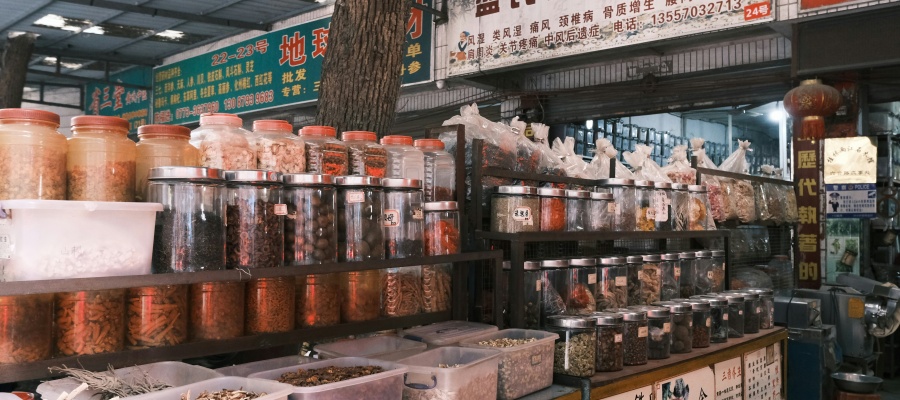While global alcohol consumption saw a rare decline in 2023, some Asian spirits may yet find growth opportunities—particularly in China. A new analysis by IWSR and supporting data from the Brand Champions 2023 report suggests that while the broader Asian spirits market is struggling, certain brands and categories are carving out a niche in the world’s second-largest economy.
Soju and shochu face flat global growth
Korean soju and Japanese shochu—once considered major growth contenders in the global spirits market—are projected to struggle in the near future. Soju, a staple in South Korea and a cultural export throughout Asia, is expected to report stagnant growth over a five-year period from 2022 to 2027. Meanwhile, shochu, another traditional Asian spirit, could see an annual compounded drop of 2% over the same period.
This downward trend is reflected in the performance of Jinro soju, the world’s largest spirits brand by volume. After breaking the 100 million case mark for the first time in 2022, Jinro saw a 3.5% volume decline in 2023, according to Brand Champions. Despite this dip, Jinro maintained its position as the best-selling spirits brand globally last year.
However, these numbers suggest a maturing market, with limited room for explosive growth—unless brands can find success beyond their domestic bases.
China offers growth potential
China is emerging as the most promising export market for both soju and shochu. IWSR forecasts indicate that soju volumes will increase by 6% and shochu by 8% in China between 2022 and 2027. These figures stand in contrast to their stagnant or negative growth trajectories elsewhere.
Japan’s shochu exports to China outpaced all other markets in 2022, reaching ¥780 million (£3.8 million), according to Statista. For comparison, the U.S.—shochu’s second-largest export destination—accounted for ¥424 million (£2.1 million) in the same year. Other key export markets included Australia, South Korea, and Hong Kong.
This strong Chinese demand reflects broader trends in the country’s spirits sector, particularly among consumers seeking authenticity, tradition, and premiumisation—qualities often linked with Japanese and Korean craft beverages.
Baijiu premiumisation drives local growth
It’s not only imported Asian spirits finding traction in China. The domestic baijiu market is also undergoing a shift. Standard and below-price tier baijiu is forecast to decline by a 7% CAGR from 2022 to 2027. In contrast, ultra-premium baijiu is expected to grow by the same rate over the same period.
This trend toward premiumisation is exemplified by Shui Jing Fang, Diageo’s high-end baijiu brand. Named Local Brand Champion by the spirits business, the brand posted an 11.2% increase in volume sales in 2023, reaching 1.4 million nine-litre cases.
Zong Hua Hong, chief corporate relations officer at Shui Jing Fang, credits this growth to continued investment in branding and storytelling. “In China’s baijiu market, those who continue with strong investments and development will become the biggest beneficiaries and reap the biggest rewards,” Zong said.
He added that the company would continue to focus on premiumisation, “leveraging our unique 600-year heritage to drive a strong halo for the overall SJF trademark.”
China leads in regional spirits revival
Despite headwinds in global spirits consumption and limited growth for many local Asian spirits elsewhere, China’s evolving consumer habits offer a silver lining. Whether it’s the rise in ultra-premium baijiu or the growing interest in traditional imports like soju and shochu, China appears to be an essential market for the future of Asian spirits.
For brands like Jinro and Shui Jing Fang, the challenge will be not only maintaining relevance in their home markets but also deepening their presence in China’s increasingly competitive—and lucrative—premium spirits landscape.
As global volume slows, strategic investment in export markets like China may be the best path forward for Asia’s most iconic spirits.


